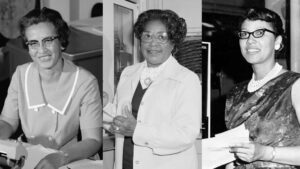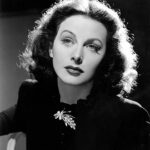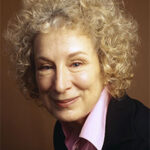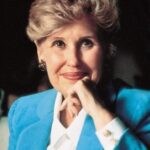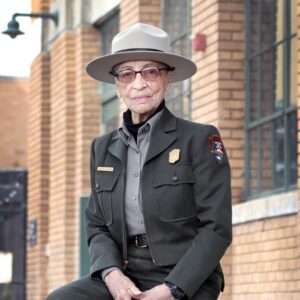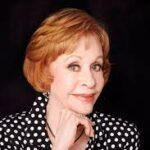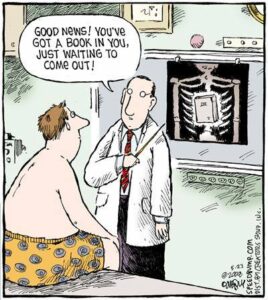Extraordinary
|
ON WRITING
People ask, “how do I get published?” Simple answer, write a good book. Okay, how do you write a good book? Definitely not a simple answer. I believe you must be a good storyteller. Ask any author how long they’ve been writing. Most will tell you since they were children. We wrote our stories down, acted them out in plays, created picture books, or told them to our families every chance we got. So, you’ve established you’re a good storyteller, now what? Presenting that good story in a manuscript takes some doing. Would you be surprised to learn books follow a story structure? There are rules to follow? Some will say following those rules takes the creativity away. I say… well, let’s say I don’t agree. Story structure is vital. In many ways writing a good book is like building a house. With blueprints you build a house. The basics: a foundation, walls, roof and some way to get in an out are a given. Then you get creative. You decide if the design is colonial or modern, where you put the windows, what color paint is your choice. There are book blueprints also. You set up the story, how the story turns and how the characters resolve the issues. You decide the story goal, motivation, and conflict. That is, what do the characters want? Why do they want this? What is going to get in their way of reaching their goal? Where you set your story, this world or another, in the Scottish Highlands, Las Vegas or the inner offices of a metro police station you need those things. If you heroine is tall, short. A blonde or redhead, a cop or a milkmaid, your choice. Be creative. That is the story telling part. I do not assume to tell you how to write or how to reach your publishing dream. This is your career you have to figure out the best way for you. I suggest you start with these tips. Identify the genre you write. Associate with authors who have the same goal. Begin writing. Build a lifestyle that nurtures and supports your writing. Study craft. – Goal. Motivation. Conflict. Story structure. Emotion. Character development. Dialogue. Setting. Don’t just start stories, finish them. Once your manuscript is finished decide what type of publishing, Traditional or Indi, is for you. This takes research. Do the work, research and do more research. Happy Writing Rita |

 |
|||||

